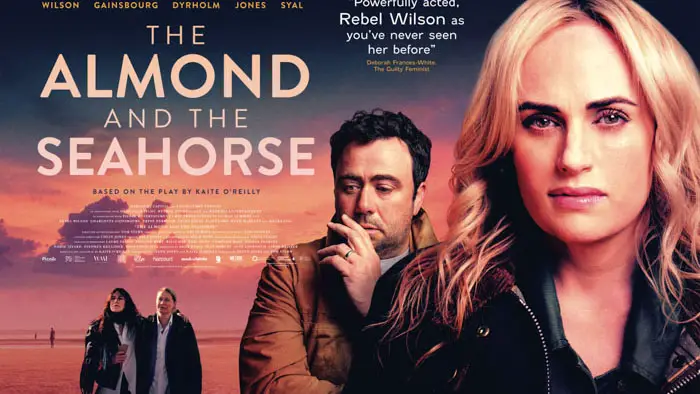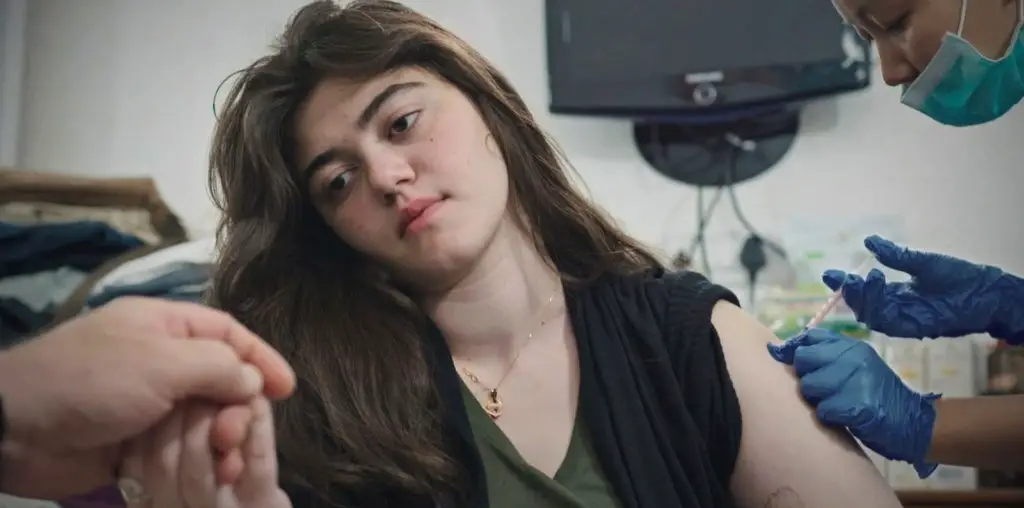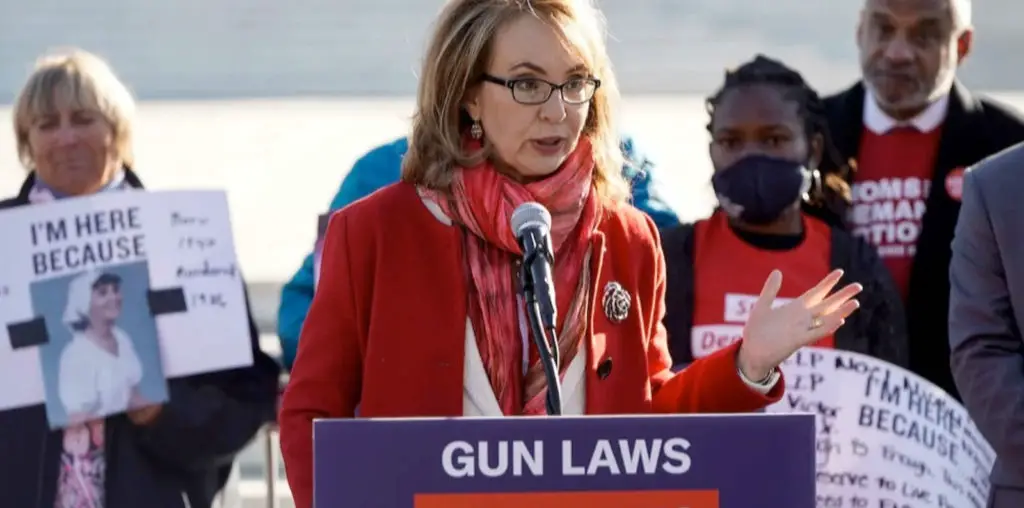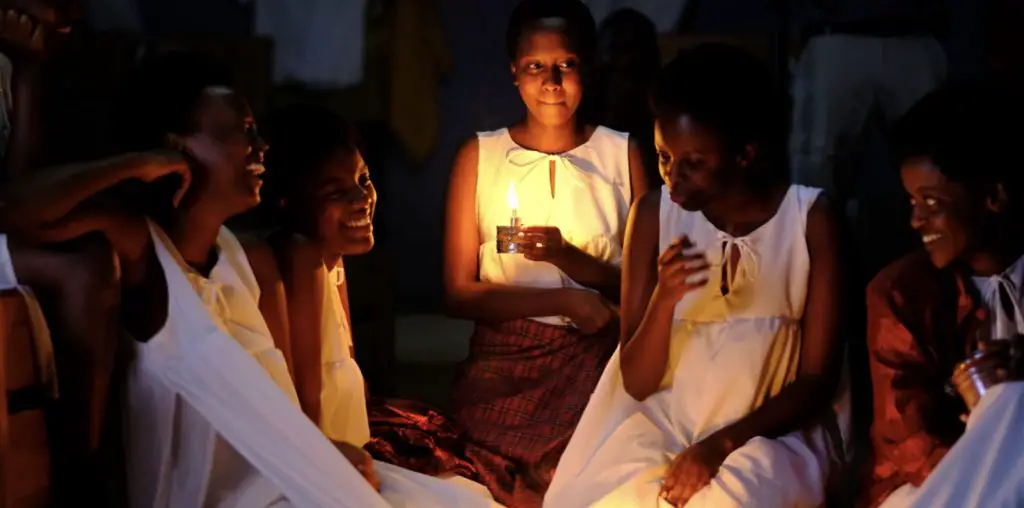
Co-directors Celyn Jones and Tom Sterns maintain a careful balance when addressing the impacts of mental illness in their dramatic feature The Almond and the Seahorse. An Archeologist named Sarah (Rebel Wilson) and an architect named Toni (Charlotte Gainsbourg) play women who are caring for partners with traumatic brain injuries. Sarah’s husband, Joe (played by co-director/co-writer Celyn Jones), was a fun-loving, kind man who was diagnosed with a brain tumor. The operation to remove the tumor damaged his ability to retain short-term memories. He’s also losing his longer-term memory, and his personality is fading away over time.
Toni’s partner, Gwen (Trine Dyrholm), was in a horrific auto accident while pregnant with their child. Her brain injury caused the same effect as Joe’s: she can’t form new memories, and each night, going to sleep, she loses any sense of the last 15 years. It falls to Toni to ease her into each day. Gwen was an accomplished cellist, and some of that ability is retained deep in her mind, away from the damage. Music brings her peace.

“…addressing the impacts of mental illness…”
The women meet at a residential treatment center for brain injury patients. Both Joe and Gwen are under the care of Dr. Falmer (Meera Syal). Falmer is a woman who has worked in neuropsychiatry for some time and understands that she must be compassionate but firm with both the patients and their loved ones. While Falmer works to devise ways to help the TBI patients, Toni and Sarah strike up a friendship based on their own shared trauma, and their relationship goes further than either could have predicted. By the film’s turning point, the viewer is left with questions about all four characters. How can they salvage any future out of this absolute mess of a situation?
The Almond and the Seahorse is an ambitious film. By threading into the drama a romantic relationship between Sarah and Toni, the action is complex and strives for an emotional depth the filmmakers do not thoroughly achieve. None of the threads get the full focus they need to flesh it out completely.
The film title refers to the shapes of the primary parts of the brain that manage memory: the amygdala and hippocampus, which join emotional impact and cognitive fact-gathering aspects of mental function to create memories for us. For both Joe and Gwen, these structures no longer function as expected.

"…Toni and Sarah strike up a friendship based on their own shared trauma"


